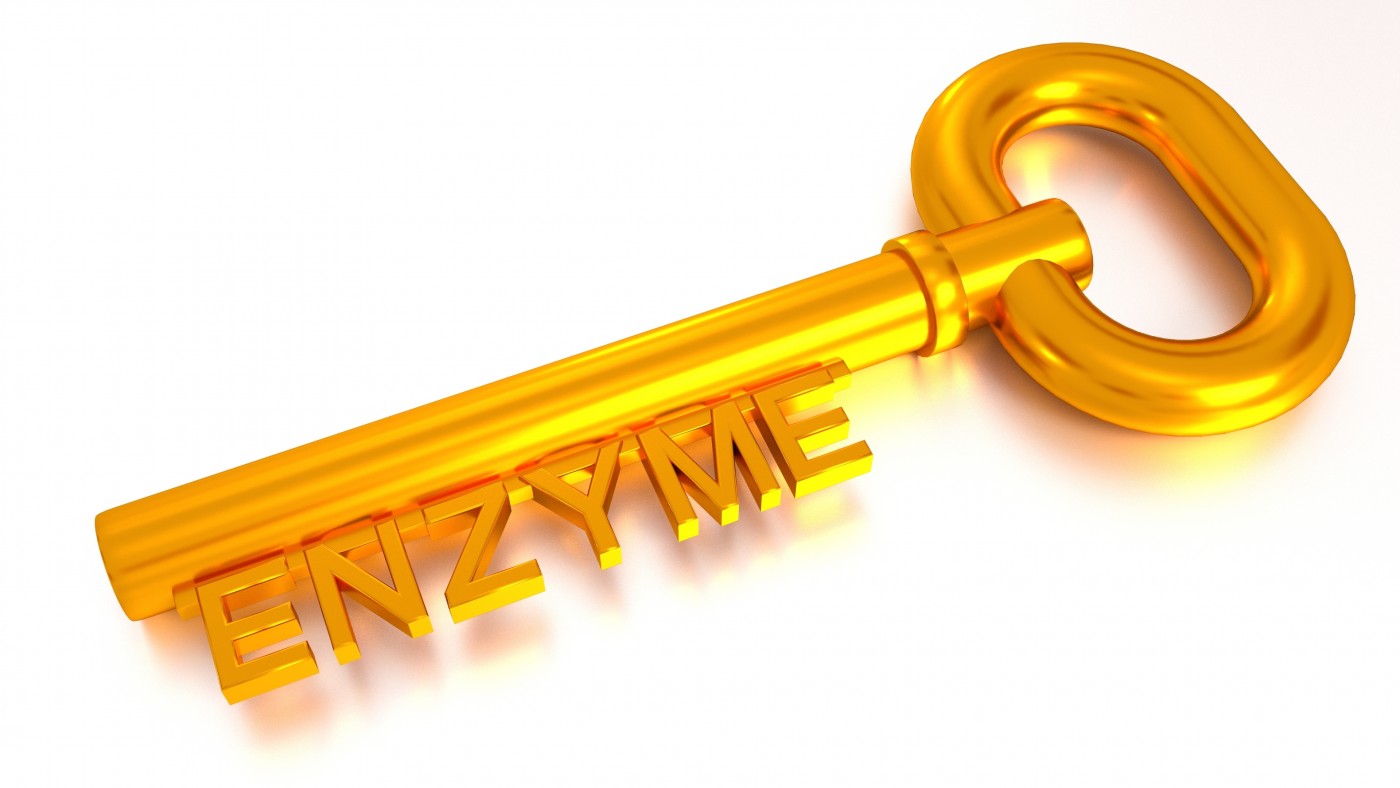Discovery of Oxidative Stress Mechanism Could Lead to PAH Treatments

Researchers have identified a disease mechanism that could be targeted to develop treatments for pulmonary arterial hypertension (PAH). In a rat model of PAH, a compound that reduces oxidative stress lowered pulmonary pressure and prevented remodeling of lung blood vessels.
Oxidative stress is a major contributor to the events leading to PAH, which involves high blood pressure in the arteries going from the heart to the lungs. The stress occurs when the body’s antioxidants are unable to counter free radicals — oxygen-containing molecules that have a propensity to react with other molecules.
Researchers at Jinzhou Medical University in China homed in on an enzyme — ALDH2 (aldehyde dehydrogenase 2) — which controls production of a marker of oxidative stress known as 4-HNE (4-hydroxynonenal).
The study, “Aldehyde dehydrogenase 2 protects against oxidative stress associated with pulmonary arterial hypertension,” was published in the journal Redox Biology.
ALDH2 converts 4-HNE to less harmful compounds, but studies show that oxidative stress dampens its activity, allowing the production of more oxidative compounds.
Studies have suggested that 4-HNE, which accumulates in lung arteries, contributes to PAH disease progression, but researchers have yet to track down the mechanisms that drive the disease.
Looking at lab-grown human pulmonary-artery smooth muscle cells, the research team noted that small amounts of 4-HNE triggered cell growth and multiplication, and allowed the cells to become more mobile. High levels of 4-HNE were also found in the lung blood vessels of a rat PAH model.
This prompted researchers to treat the rats with a drug that activated ALDH2. As they suspected, the treatment made the animals produce less 4-HNE. The drug also lowered the blood pressure in the rats’ right heart ventricle to normal levels.
Repeating the experiments in human lung blood-vessel cells with the ALDH2 activator showed that ALDH2 blocked cell expansion and rendered the cells unable to migrate. The team noted the same effects when they boosted the production of ALDH2 using genetic manipulation.
Importantly, the team identified several molecular pathways linked to 4-HNE’s effects on cell expansion and migration. Mapping molecular events increases the chances that this type of basic research can lead to a treatment.
Nevertheless, the researchers admit that much more research is needed to understand how 4-HNE impacts blood vessel remodeling in PAH. Exploring the mechanisms in different types of PAH animal models, which mirror different aspects of human PAH, is a crucial part of the research ahead.







